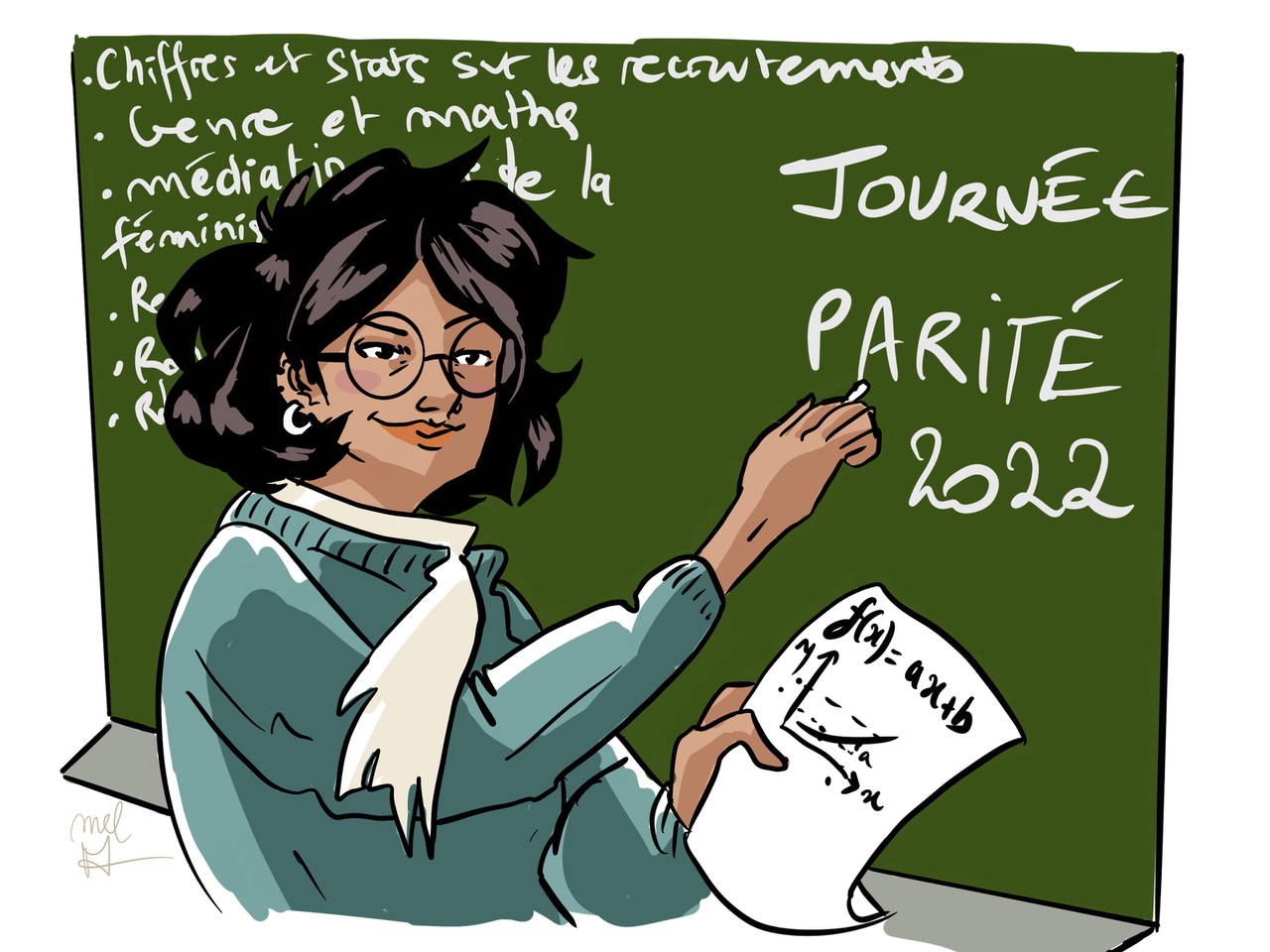Cercles isométriques mais contractiles dans les cônes asymptotiques des groupes
salle 1016 Sophie GermainLa contractilité de tous les cercles dans les cônes asymptotiques d’un groupe G de type fini implique que G est de présentation finie avec fonction de Dehn au plus polynomiale. Le distorsion métrique de tous ces cercles est une propriété plus forte qui implique que G est fortement raccourci (“strongly shortcut”). La propriété fortement raccourci est satisfaite par diverses familles de groupes de courbure négative ou nulle, notamment les groupes hyperboliques, CAT(0), Helly, et systoliques, mais elle est aussi satisfaite par le groupe de Heisenberg discret. Je discuterai d'un […]


